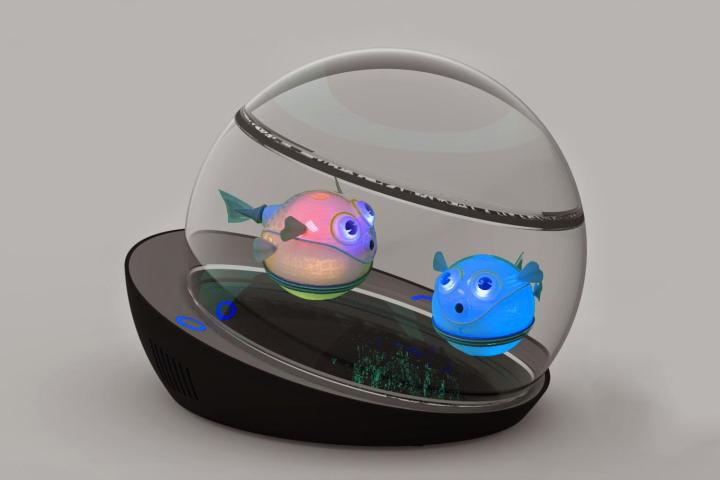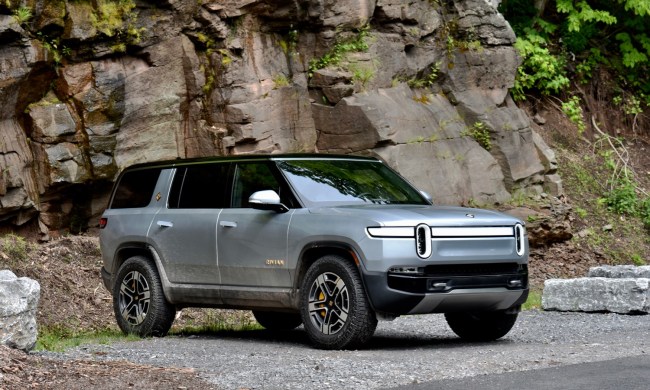
In recent years, robotic fish have become very popular with parents and kids, mainly because they take the distress out of having a pet goldfish. Robotic fish are so popular in fact, that the Daily Mail found them to be among the top five most bought toys in 40 different countries back in 2013.
Related: Meet Robofish, the marine machine set to clean polluted waters
Recently, Sphere created a robotic fish called LumiPuff, that lights up and can be controlled by Bluetooth, using an app on your smartphone, and an attractive aquarium for the fish to swim in, called the Capsule. However, as the Guinness Book of World Records found, this robotic fish and aquarium combo isn’t your average toy. It’s actually the first wireless induction charging robotic fish and aquarium duo ever made.
The round tank actually has a wireless charger for a base, which automatically juices up the robotic fish as he swims along. You never have to charge the fish directly. Instead, plug the tank’s base into the wall. The tank itself is round and looks just like any ordinary fish tank. It sits on the dark gray base charging base, which adds very little bulk to the overall setup. The base also communicates with the robotic fish, to keep tabs on its position and status.
If you have more than one fish, the tank can even distinguish between them, making it easier for kids to play with their specific fish. When you tap on the glass, the LumiPuff will react just like a real fish would. You can also change the fish’s color and set up a feeding game, to teach your kids how to be responsible and care for real pets in the future. The dedicated app lets you name and manage your robotic fish, too. It will also alert you when your fish is hungry, just in case you don’t notice your LumiPuff flashing bright colors to express its hunger. If you don’t feed it on time, it will “die” and stop working.
Although Sphere says the Capsule tank isn’t available yet, the company expects that it will enter mass production in May 2015 and arrive in June 2015. The aquarium will be available for pre-order in January 2015 for $170, but will retail for $270 when it arrives in stores. Currently, only LumiPuff works with the tank, but the company says it hopes to add a sea turtle and other varieties of fish soon.


